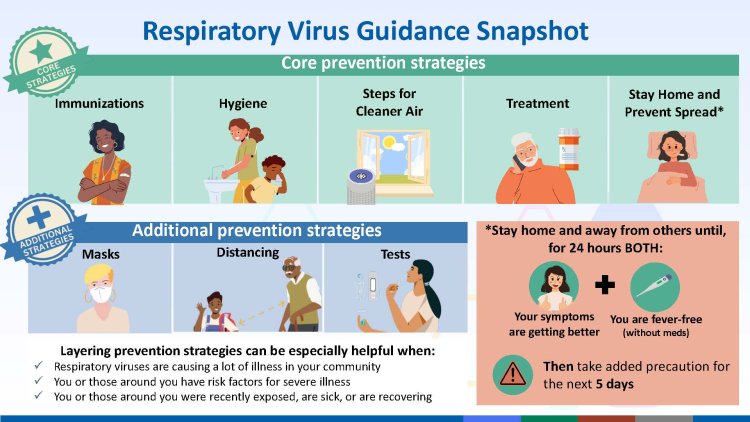COVID-19 Activity Peaks Across U.S. as CDC Warns of Regional Surges and Rising Respiratory Illnesses

WASHINGTON, September 13 – COVID-19 levels are peaking in multiple regions across the United States, even as overall respiratory illness activity remains very low nationwide, according to an update released by the Centers for Disease Control and Prevention (CDC).
In its latest surveillance data, published on September 5, the CDC reported that COVID-19 activity is “peaking in many areas of the country,” with a national rise in emergency department visits and hospitalizations. However, the agency noted that the overall rate of acute respiratory illness driving people to seek healthcare remains low.
According to CDC figures, emergency department visits linked to COVID-19 increased slightly, from 1.5% on August 23 to 1.6% on August 30. Despite the modest rise, health officials say the broader picture points to regional surges rather than a uniform nationwide spike.
A CDC map shows that COVID-19 is “likely growing” or “growing” in 24 jurisdictions, including the District of Columbia and states such as Oregon, Alaska, Montana, North and South Dakota, Oklahoma, Arkansas, Kansas, Missouri, Iowa, and Wisconsin, among others across the Midwest, Northeast, and parts of the South.
In addition, CDC wastewater surveillance data indicates that COVID-19 viral activity is at “moderate” levels nationwide, with “very high” activity reported in 15 locations, including California, Texas, Florida, North Carolina, South Carolina, and Connecticut.
While flu and RSV (respiratory syncytial virus) levels remain very low, both are slowly increasing, which is typical during the early fall season. The CDC is also closely monitoring other respiratory pathogens, such as Mycoplasma pneumoniae, a bacteria known to cause “walking pneumonia.” These infections remain elevated in some areas, with notable emergency room visits and increased testing positivity rates.
The agency also provided an update on pertussis (whooping cough), noting that cases are down from their November 2024 peak but remain higher than pre-pandemic levels. While there’s no fixed seasonal trend for pertussis, infections often increase in summer and fall, and infants under 1 year old are at highest risk for severe complications or death. The CDC emphasized that whooping cough is highly contagious, underscoring the need for vigilance and timely vaccination.
Health authorities continue to urge Americans to stay informed, consider vaccination or boosters if eligible, and remain cautious in areas with elevated COVID-19 or respiratory illness activity.























